3 Things I Wish I Had Done Earlier For My Workspace
Just over a year ago many people across the world suddenly found themselves working from home.
A few buckled in for the long haul. They set up their work from home offices planning to be there for a while.
Then… you have people like me. Who worked on a laptop at the kitchen table for longer than I’d like to admit.
6-months into the pandemic I realized that this wasn’t sustainable. It led me to take a few steps to improve my workspace.
Here are the three areas I wish I had upgraded earlier.
Technology
There are a lot of things that go into the technology you use each day, but here are the 5 main categories I think of:
The computer you are using.
This is arguably the most important piece of technology you have. It’s always been important to me, even pre-pandemic.
I’ve been using the same laptop for many years now. It’s a workhorse ThinkPad. Old reliable that is just sometimes a bit slower than I would like. I’ll probably continue using until it gives me a compelling enough reason not to (such as breaking or slowing to a crawl).
Monitor (or Monitors)
It took me 9-months to realize a monitor is important.
After a while, I realized that if I were going to continue staring at a screen for 10+ hours each day, I wanted a nice one that would not hurt my eyes.
I decided to get a 32-inch curved Samsung. It’s not cheap, but I absolutely love it and it’s large enough that I don’t need an additional monitor.
Webcam
It took me 6-months to realize a webcam is important.
This is one that I wish I had done WAY earlier. I actually believe that my low webcam quality (and lack of a front light) hurt me earlier one when I was interviewing.
Now I have a Razer Kiyo on top of my monitor. High quality and with a built in backlight, your face will always be lit up.
Mouse & Keyboard
I’ve been in love with a mechanical keyboard and nice mouse for a few years now, so this wasn’t new for me.
My Keyboard is the Razor Ornata Chroma Gaming Keyboard. While I don’t use it for any serious gaming, I do use it for a lot of serious typing! Plus the backlight makes the workspace just a bit more inviting.
My mouse is the Razor DeathAdder Elite. I actually had no say in this one because it was bought for me as a gift. However I love it. Definitely overkill for what I use it for, but having a matching keyboard and mouse is quite nice.
Audio Setup
It took me 6-months to realize an audio setup is important.
This is still one where I don’t think I have it figured it out. I got a pair of refurbished AirPod Pros and while they are definitely high quality, they aren’t as great as I thought they would be. A headset might be where my future takes me. (Or if I want to get REAL serious, a podcasting mic).
Your Background
It took me 12 months to figure out your background is important.
It’s amazing how much the background people see in video calls can play in people’s perception when they meet you.
I know it’s not possible for everyone (depending upon your work situation, where you live, or if you’re travelling), but for my main office, I wish I had tackled this sooner.
Mine now has multiple bookshelf’s in the back, pictures of my previous teams, and other general nick-nacks that I care about.
As an added benefit, the overall organization of my room and workspace has also dramatically improved.
The Desk & Chair
It took me 5 months to figure out a good chair is important… and 11 months to figure out a good desk is important.
This one also seems SO obvious… or at least it is to me in hindsight.
Getting a high quality chair that you actually enjoy sitting in for 8+ hours each day is lifechanging. It not only makes doing actual work more enjoyable, but it’s great for your back and long-term health / posture.
Add in a standing desk that you can raise up and down so you’re not sitting all day – Suddenly you’re in heaven! Work almost starts to become fun. If you want to go the extra mile here, you can also get a




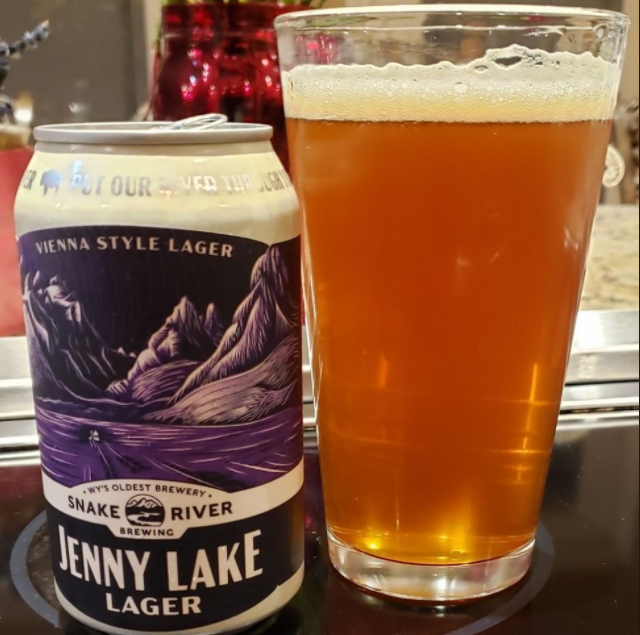

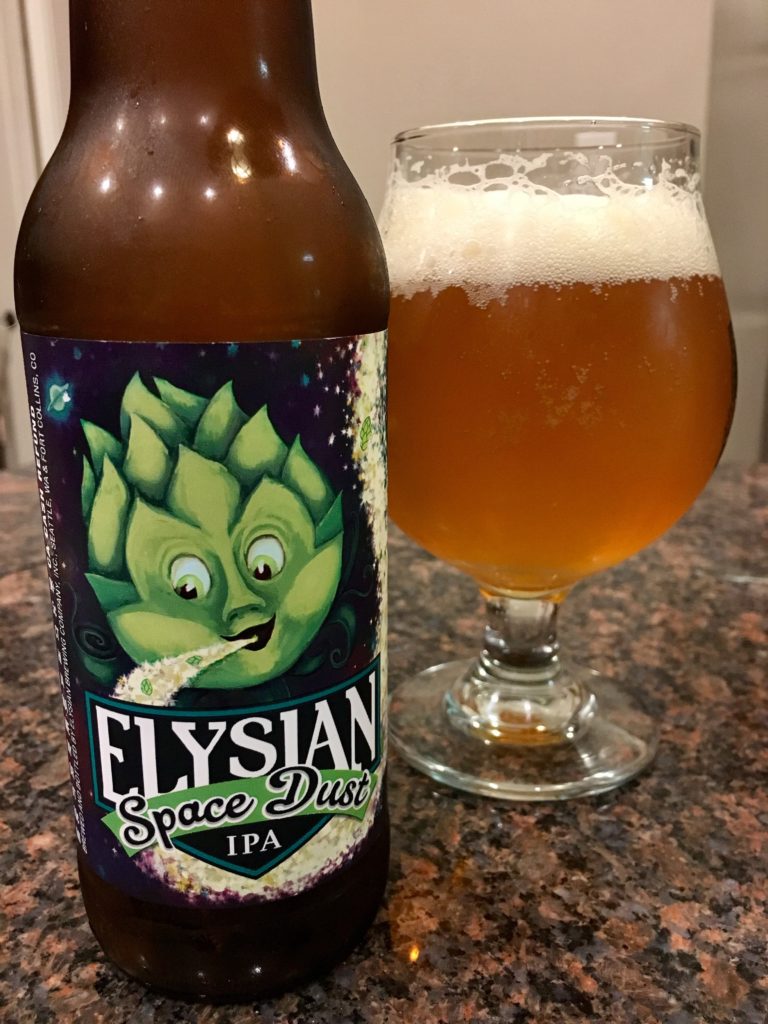
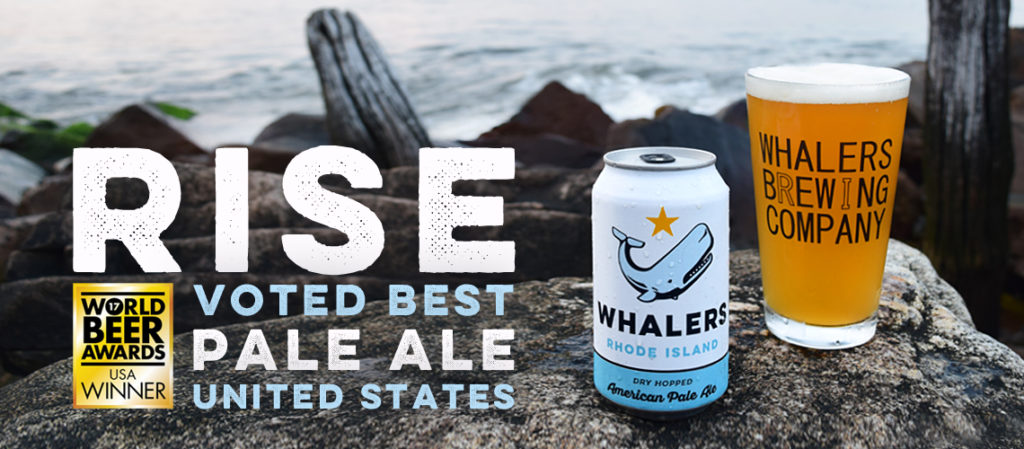
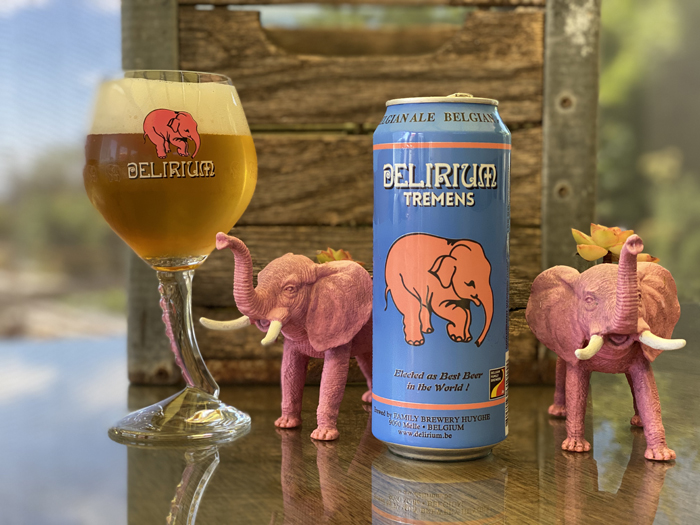
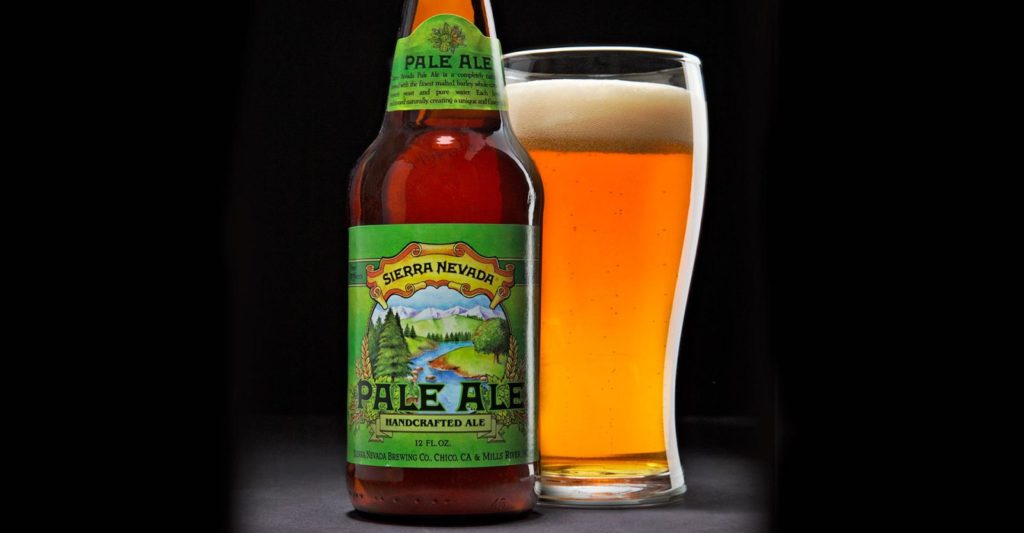
Recent Comments